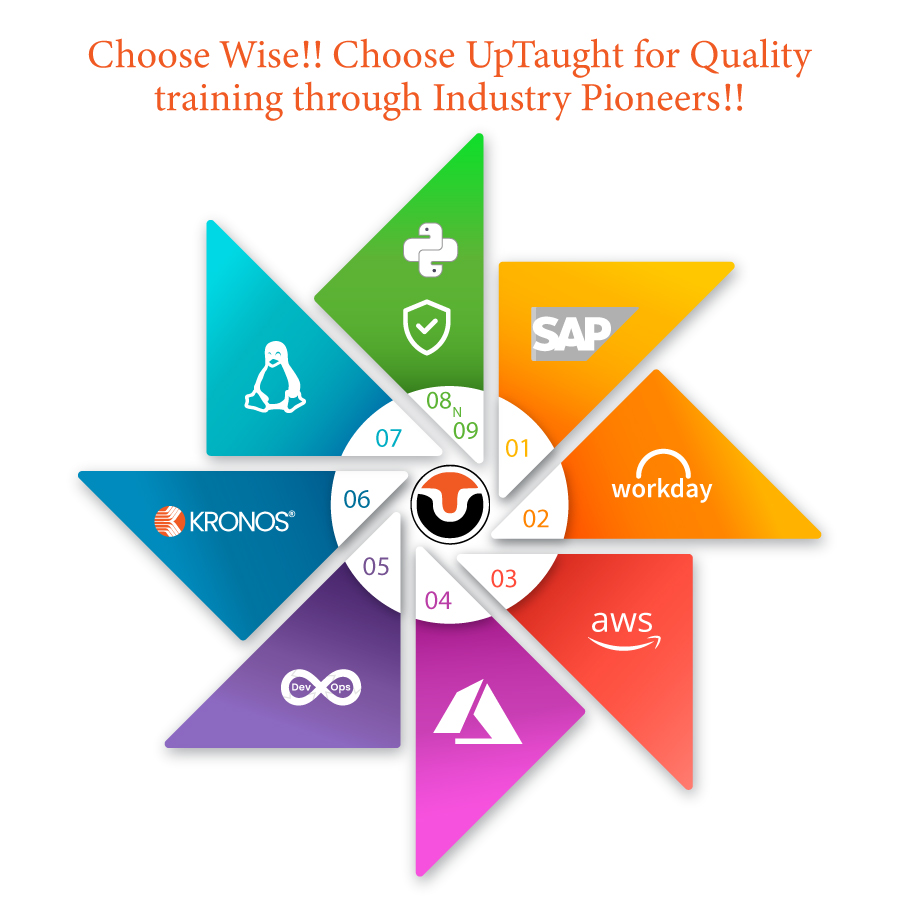Table of Contents
Business Analysis:
The set of tasks, knowledge, and methodologies required to identify business needs and discover solutions to corporate business problems is known as business analysis. Although the general definition is identical, many sectors may have different practices and methods.
Solutions in the information technology business frequently include a component of systems development, but they can also incorporate process improvement or organizational change.
Business analysis can also be used to gain a better understanding of an organization’s current status or to help identify business needs. Business analysis is typically used to design and assess solutions that fulfill a company’s demands, goals, or objectives.
Click here to know more
What are the Benefits of Business Analysis?
In every corporation, business analysis is critical. It aids in the identification of business needs/requirements as well as the formulation of solutions to any business issues. With improved alignment between business and technology needs, business analysis aids in boosting IT effectiveness. It aids in identifying and articulating the need for change, as well as how organizations must collaborate to make that change happen. Overall, it aids businesses in their operations.
Business analysis is used by companies for a variety of reasons.
- Developing practical answers
- supplying the necessary documentation
- Allocating sufficient resources Improving efficiency
- Modeling the entire enterprise
- spotting new possibilities
- Getting things done
- Increasing the value of stakeholders
- Making the best possible business decisions
Now that we’ve learned about numerous business analysis definitions, let’s look at some of the different business analysis approaches that companies use.
What is the Process of Business Analysis?
These are the steps in the business analysis process that are universally accepted. However, because each company’s demands and circumstances are unique, there may be some variation.
- Get to know your surroundings. Make sure to define the job of the business analyst, discover the perspectives of the stakeholders, and learn about the project’s history.
- Identify the most important business goals. Determine the expectations of the major stakeholders, reconcile conflicting expectations, and ensure that the objectives are clear and actionable.
- Define the scope of the project. You’ll need a clear and comprehensive definition of the project’s scope, as well as a general outline of all the procedures that project members must take.
- Make a business analysis strategy. Timelines, steps, and deliverables should all be listed.
- Specify the requirements. You’ll need clear, succinct, and actionable needs based on the data you’ve obtained thus far.
- Support the implementation of technical solutions. Because many solutions necessitate the use of software, the business analyst must collaborate closely with IT teams.
- Assist in the implementation of the solution. This step entails providing concise documentation as well as end-user training.
- Determine the worth of something. Was the project a success? How far has the organization progressed? Is there anything else that needs to be done?
Want to know more? Click here
We’ve learned what business analysis is by looking at its numerous components. Hope you will like the article. If you want to enroll in the Business Analysis course, visit our website.
Thanks for reading!





